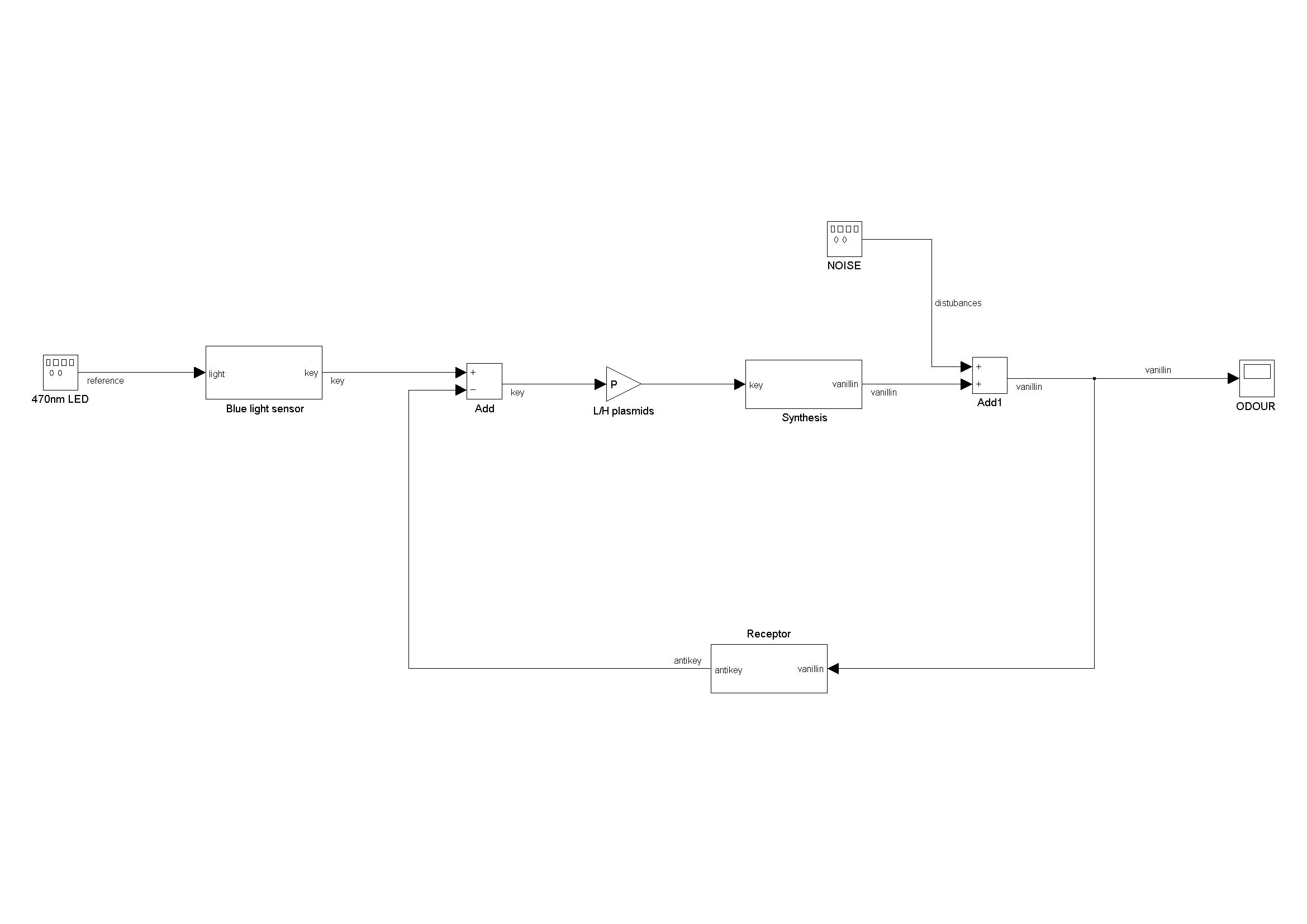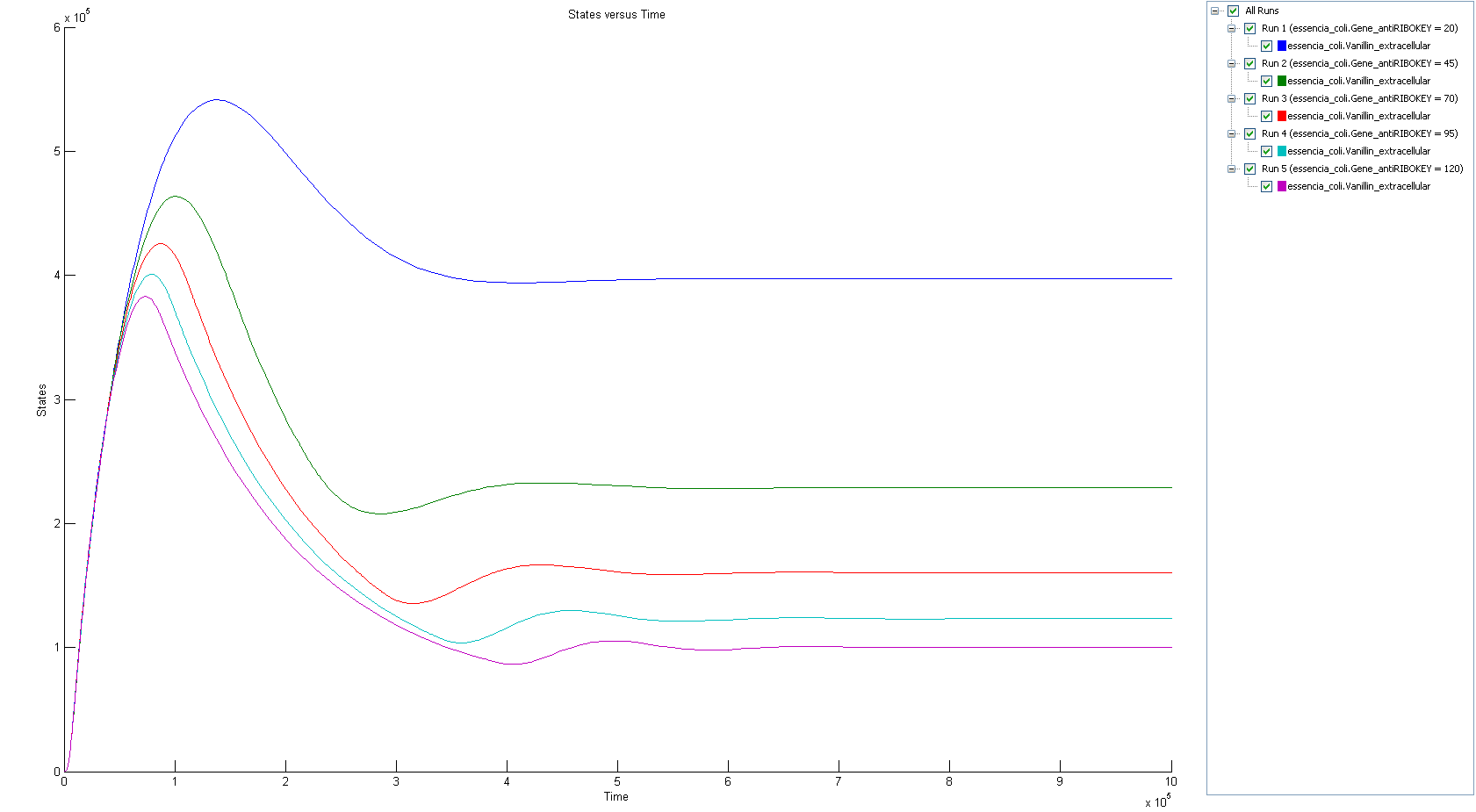Team:KULeuven/Modeling/Integrated Model
From 2009.igem.org
Bart Bosmans (Talk | contribs) |
Bart Bosmans (Talk | contribs) |
||
| Line 6: | Line 6: | ||
=Tuning the controller= | =Tuning the controller= | ||
| - | + | In this section we consider the problem of choosing the amount of proportional action in the feedback loop, in the | |
following sections terminology and concepts of linear control theory are used. Of course It's obvious that the system will not behave in a linear way. But the concepts and design strategies of linear control theory can be translated to non-linear control theory. | following sections terminology and concepts of linear control theory are used. Of course It's obvious that the system will not behave in a linear way. But the concepts and design strategies of linear control theory can be translated to non-linear control theory. | ||
Revision as of 11:53, 1 October 2009
Tuning the controller
In this section we consider the problem of choosing the amount of proportional action in the feedback loop, in the following sections terminology and concepts of linear control theory are used. Of course It's obvious that the system will not behave in a linear way. But the concepts and design strategies of linear control theory can be translated to non-linear control theory.
One of the most useful ways of investigating the behaviour of closed loop system is the investigation of the open loop system. The open loop system is the system which one becomes if you 'remove' the differentiator.
Stability
One can show that the proportional gain can not be infinitely large due to stability problems, since we lose phase margin if we increase the proportional gain. Oscillations will become dominant and ultimately destabilize the controlled system.
Tracking problem
We are mostly interested in the ability of the controlled system to follow a step input signal, for a linear system the steady state tracking error is:
with T the total open loop gain. As we wish to eliminate the transfer of disturbances to the output of our system, we have to maximize the loop gain of the system. We have simulated this behaviour in the non linear model of our bacteria.
Disturbance rejection
Disturbance rejection is the ability to mask disturbances on the output, the transfer of disturbances d to the output y is given by
It now easily seen that we want to have a large enough enough open loop gain to reject disturbances on the output. We simulated a constant addition of alien vanillin to the extracellular medium.
On the above figure it can be clearly seen that the influence of the perturbation on the output decreases with increasing open loop gain.
 "
"












